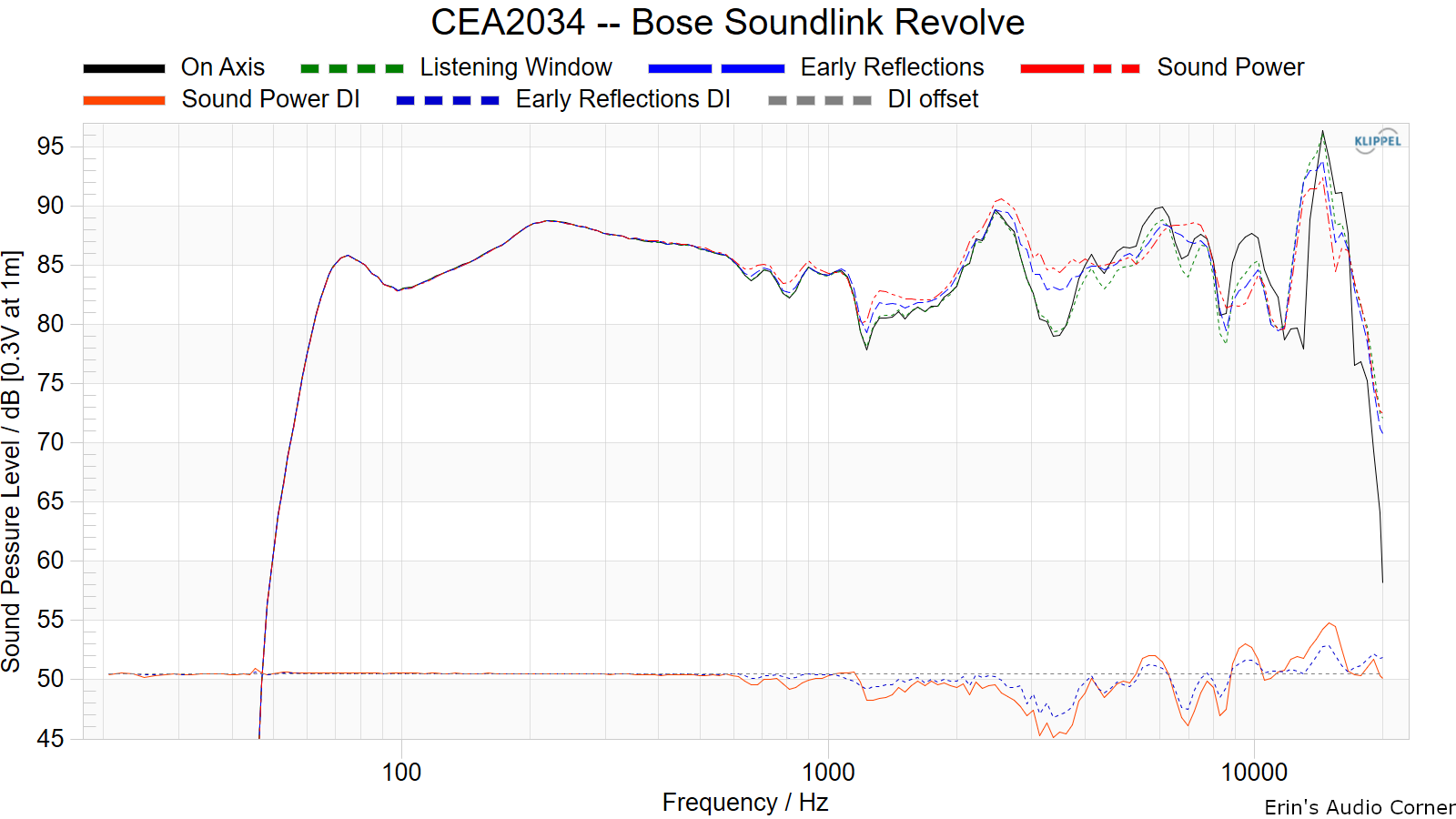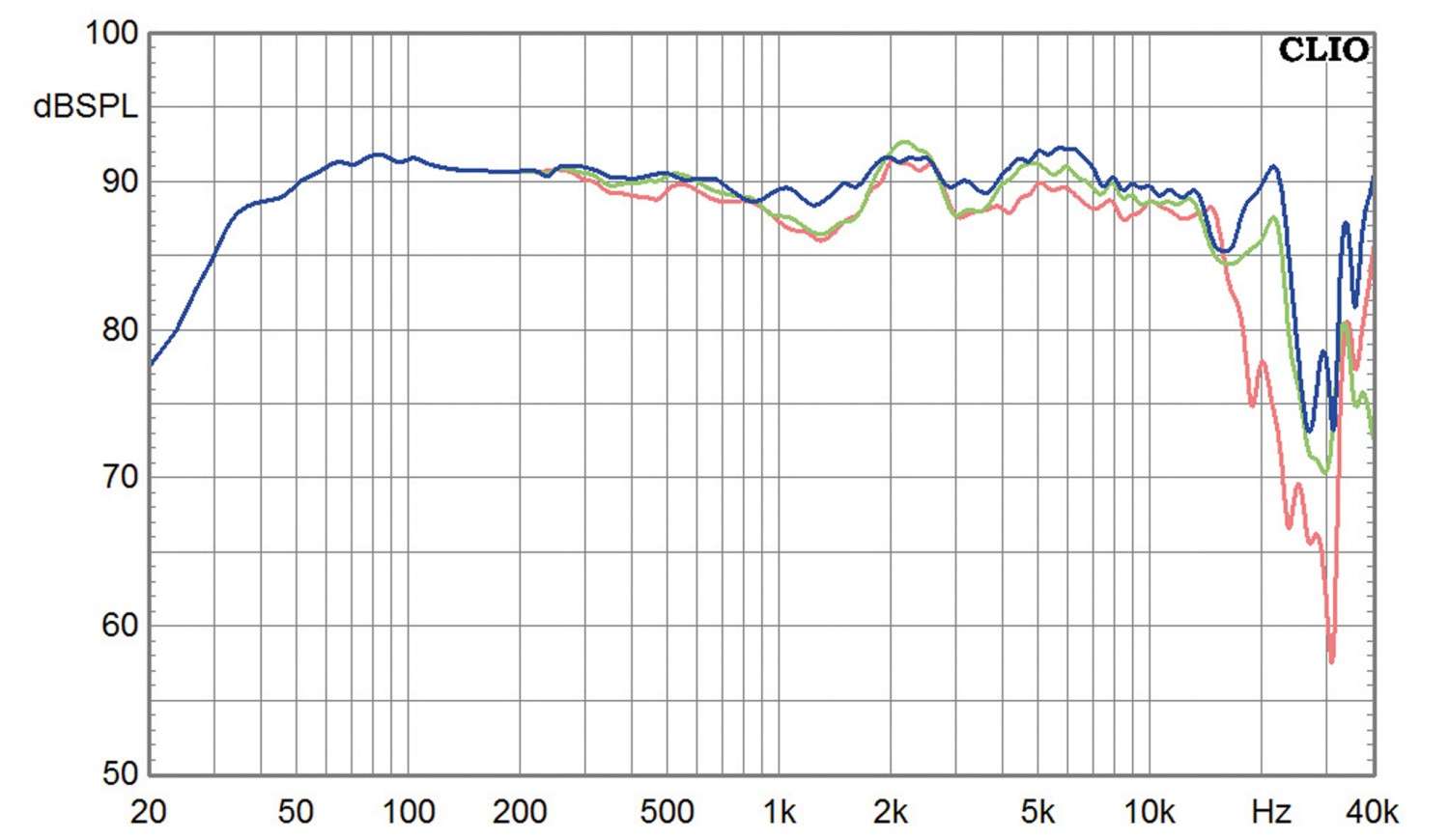It would be better for the entire audio industry as a whole. As to the rest of your comment, this is the same industry that backed SACD and DVD-A/Audio which didn't make them any money. Let's agree that a lot more good would have come out of unifying the playback industry around fewer variations and with hit, reduce their cost of production and increase listener satisfaction.
If remixing would improve content such that it was economically beneficial to the owners of that content, that’s our answer. (Wilson is doing this now as previously mentioned). His remix’s that I have all have been a vast improvement (to my ears) over the original. He hasn’t articulated an exact cause, other than technical limits of recording on tape. Nothing about monitors. But it doesn’t matter. If that is financially successful, it will expand.
Format wars VHS/Beta, have never turned out best for the consumer.
Format options for stereophiles haven’t turned out great either. Quad is a the best example of major labels partnering with consumer electronics (there were multiple formats and ways to decode) to try and improve reproduction. Too many different tech paths. Big failure.
DBX encoded lps, Dolby NR for cassettes, and a hundred other things along the way marketed as better sound, some even delivered.
There seems to have always been an audiophile alternative to every increase in fidelity medium. Micro grove record, the Stereo was it, not the best one, 3ch, but 2 ch to start, which has stayed because of economics (double the money for speaker makers) then HT (6 speakers).
Early stereo records, tapes, pretty hard to listen to. John all in the right channel, Paul all in the left, sometimes even getting their instruments correct also, Ringo and George in the middle. They had no idea what to do with it.
RTR was a big one, (loved your video on that). Very audiophile in its day from about ‘58 to ‘75. Very expensive, cost of machines, tapes vs. lps, unquestionably better fidelity. Convenience and portability can never be underestimated for audio.
If a remix will sell a profitable number of units, the industry will drive that. Just like the audiophile lp/hi-rez industry is getting stuff reissued all the time. Some are “improved”, some not. (With the case of remasters for the audiophiles, even in Tape Project tapes, there is no financial risk to copyright owner, they negotiate their master royalties, those audiophile labels take the risk).
If remixing because of bad monitors, tape machines, tape, bad mastering, whatever else, is a money maker it will explode just like remastering has. Of course some can be remixed, others not. Depends if the multitracks are available.
If the update makes economic sense to labels, they will even take it on their own and produce them directly, just like when everything got converted to CD, and then again for streaming, for sale on iTunes, and hirez downloads.
The big problem, without some research, better monitors or control rooms are not going to happen, let alone a standard. Somebody has got to show somebody somewhere the dollars and sense.
CTA 2034. A voluntary std. for car audio speakers and consumer speakers. For car audio speakers, if you comply with the standard you can put a sticker on your box that says complies with . . . .” Not with consumer speakers. Why is that? You can publish all of the 2034 specs and graphs if you want, but don’t have to.
THX if you met the specs on FR and Directivity (which had been researched by Holman) in your movie house you got the trailer, the signs and you could advertise in the showtimes you were a THX theater. Boom.
To get to “This album was recorded, mixed and mastered in studios all meeting the stringent standards of AES 1234 assuring you the ultimate in sound quality on all of your playback devices”
You have to directly show that to be the case. It’s also got to be significant improvement. Like THX over the outdated theater sound. The preference of consumer loudspeakers meeting what Toole/Olive identified, with 95% confidence level kind of stuff.
I have tried to find some correlation with the “audiophile” demo tracks and monitors. Been digging slowly as time allows. Have confirmed about 20 (started with Thriller which is on a lot of lists) and it’s all over the place. Was hoping that Aja, Gaucho, and Nighfly were all on something ruler flat, in the same studio, nope. What’s starting to emerge is that it’s more about who is doing it, than what’s he doing it with.
Or, you can buy the $400 2 track tapes from the tape project, and others, I haven’t been disappointed yet. All great recordings. I believe the mastering engineer Tape Project uses to monitor has Magicos





